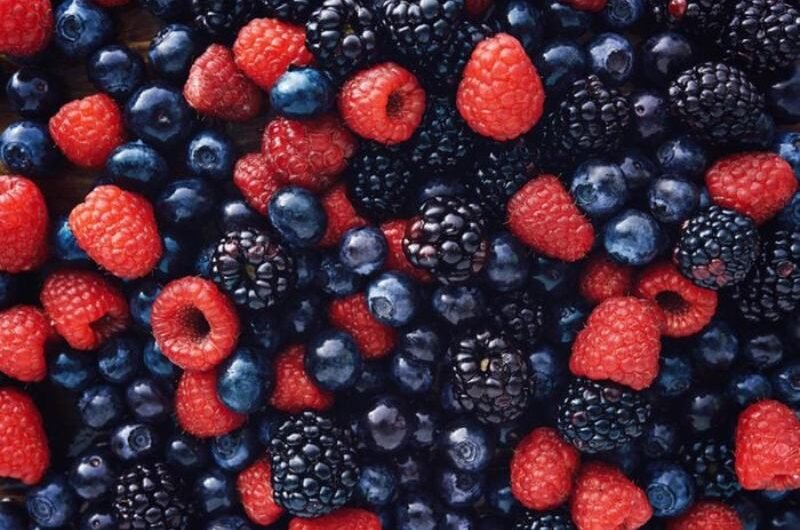As you are well aware, maintaining proper hydration is crucial. However, have you taken into account the reality that not all drinking water is made equal?
First of all, it should be noted that access to clean water is a privilege, particularly in light of incidents such as the Flint water crisis, in which lead poisoning of the city’s water supply system exposed locals to a variety of risks.
Even if you are fortunate enough to live in a place where tap water is safe to drink, you might still be curious about the potential health advantages of purchasing a high-end water filter or going bottleless. There are a lot of options available, ranging from spring water to alkaline water, which might be perplexing. Not to mention how plastic water bottles affect the environment.
Here’s what you need know about the many types of water and their benefits and drawbacks, as there are a lot of elements to take into account when choosing the source of your H2O consumption.
Using Tap Water
Strict safety regulations apply to tap water. Many nations have stringent laws governing the quality of tap water and conduct routine testing to check for pollutants. For instance, all public water systems in the United States are required to abide with EPA standards.
Compared to drinking bottled water, drinking tap water is also far less expensive and better for the environment. Moreover, it has healthy minerals including potassium, magnesium, and calcium.
That being said, tap water raises several possible issues. Though theoretically safe, the Flint disaster serves as a reminder that the public water supply is not impenetrable. Additionally, even if the water is safe to drink, lead contamination can occur in older homes or buildings due to faulty plumbing.
At last, scientists are beginning to look at potential hazards that could deteriorate tap water quality in the future.
“For example, our recent focus on this has been on investigating emerging contaminants such as the PFAS chemicals and microplastics, making sure that we maintain our treatment and supply systems to ensure they are resilient to the impacts of new challenges, climate change, and understanding the impact of environmental pollution on our water sources,” Peter Jarvis professor of water science and technology at Cranfield University, told The Guardian.
Water from Spring
Although natural springs are the organic outflow locations of subterranean water reservoirs onto the surface, tap water is processed, whereas spring water is derived from natural springs. It is frequently bottled straight from the source and is among the purest types of water available—as long as it is sourced and bottled responsibly. It usually tastes wonderful and is packed with healthy minerals that are found naturally.
However, spring water is typically more expensive. Additionally, there are less rules governing it, thus certain companies might have higher standards than others.The water’s quality can also be impacted by environmental factors.
Water with Alkali
Alkaline water is less acidic than ordinary tap water because it has a higher pH level. A pH of 7 is regarded as neutral, and the pH scale goes from 0 to 14. Your body naturally maintains its ideal pH of 7.35 to 7.45 when it is in good health.
The pH range of alkaline water is normally between 8 and 9, and those who advocate it say it can counteract the body’s excess acidity and offer health advantages including illness prevention.
“There is a growing body of evidence to suggest that drinking alkaline water can have a variety of health benefits, especially for people with kidney conditions or diabetes,” says Catherine Rall, certified nutritionist at Happy V.
The benefits of drinking alkaline water are still up for debate among scientists. It costs a lot more than other types of water, so you would be spending a lot of money on it without being certain that it is improving your health.
Water that has been distilled
Water that has undergone the distillation process is known as distilled water. It boils into steam and then returns to water after cooling. Purified H2O is the end result of removing minerals and contaminants.
Although it may seem beneficial, distilled water is deficient in calcium, magnesium, and potassium. Rall claims that consuming it can lower your body’s electrolyte levels, which are essential for a number of internal processes.
For that reason, it’s among the least healthful waters on this list (assuming we’re not talking about drinking possibly tainted water, in which case distilled would be better).
Clean Water
Water can be made purer by distillation; purified water is just water that has undergone a purification procedure to remove pollutants and impurities.
Reverse osmosis water and carbon filtration water are two more types of cleaned water. While carbon filters can absorb impurities like chlorine and enhance the flavor of drinking water, reverse osmosis is extraordinarily powerful at eliminating a wide range of contaminants, including dangerous heavy metals.
Purification techniques can be tailored to your specific concerns regarding water quality, such as whether you are concerned about the amount of chlorine in your tap water or whether you are aware that your property contains lead pipes. Additionally, purified water typically has no scent and a neutral flavor.
Certain purifying techniques do, however, eliminate helpful minerals. To combat this, water solution companies could reintroduce minerals into the filtered water. Even if you avoid using plastic bottles, purification techniques can still be energy-intensive, which isn’t good for the environment.
Considering the facts above, are you wondering which water is the healthiest? Although the absence of minerals in distilled or filtered water can be problematic, alkaline water might or might not provide additional health advantages. While spring water is a great option, purchasing bottles is expensive and harms the environment.
The most affordable and environmentally friendly alternative is tap water, but if you don’t like the flavor or are concerned about possible impurities, you should choose a water that suits your taste buds, your budget, and your level of environmental consciousness.
“Water does taste, so try different kinds and see which one suits your palate the best. As a result, you’ll drink more water,” advises Dan Gallagher, an ISSA-certified nutritionist at Agle Nutrition.
“The healthiest water is the water you actually drink,” as Gallagher states.
Topics #Healthiest #Water











